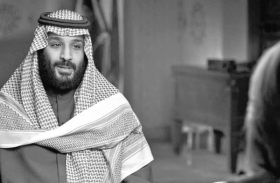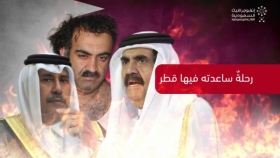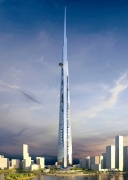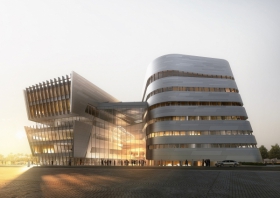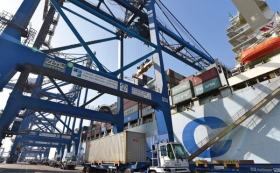Mohamed Said Farsi … Before Jeddah is lost, "The Thumb" of Baldaccini
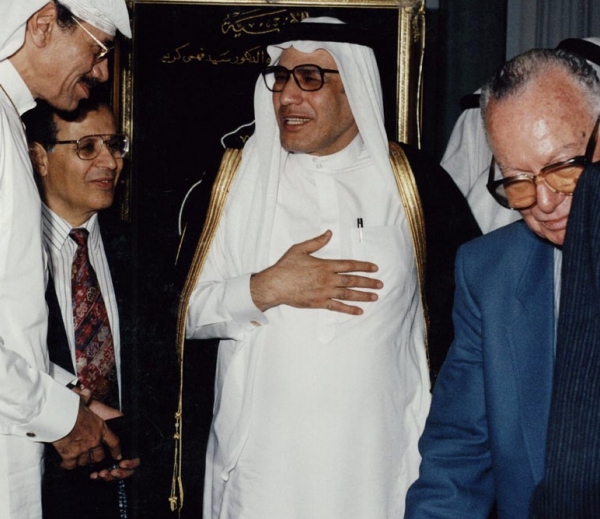
The loving sun rays flow on the river "Thames" so the water peaks sparkle, the boats shine, and the metal bars that comb the braids of the river also shine. I crossed the river on a bridge built by the women of this island when the men were in the lines of fire and in the hell of trenches. It is the best bridge that jumps over the Thames, in the words of the taxi driver, in our quick talk before he leaves me in front of the gate of "Tate Gallery", that was then holding a special celebration for the greatest sculptor of the century, the English well-known "Henry Moore".
“Moore” was the guest of London at the time for several weeks, and the event was the event of all the city: those who were interested in the arts, the tourists, and even the school students who were lying out on the exhibition corridors to draw statues of their legend that came out of the "Yorkshire" in order to concern people and the world and for his sculptures to break records in the world of sales, and the worlds of money.
For me, the reason for my interest in Moore was his strange relationship with the city of Jeddah and its sculptures or Jeddah's relationship with him. It is a city from a kingdom that is new to the art of sculpture and the fine arts in general. But it seems that Jeddah at the time tried, racing against time and has succeeded to some extent. I saw his first paintings at the home of my professor in profession and life. A great friend has told me about his exhibition.
My memory went back long years. To the days of Jeddah and childhood, and I’m sailing, the revolution of boyhood and old dates.!
I remember that in old tours on the Corniche of Jeddah, on the Red Sea coast west of Saudi Arabia, I saw several sculptures by this great artist, as well as other international artists, whose works constitute an invaluable wealth, after the Jeddah Art campaign during the 1980s led by engineer Mohamed Farsi.
Jeddah was then the largest open art museum in the Middle East where six important sculptors participated in making its cultural spring and shaping the city beautification: "Henry Moore", "César Baldaccini", "Alexander Calder", "Julio Lafuente", "Joan Miró" and " Victor Vasarely".
However, their star and their artistic tiger was indisputably "Henry Moore".
Farsi had previously known Moore through his visits to London, reading Moore's books, and discussions with those interested in sculpture in Europe. But it was a distant acquaintance until the first direct contact between the two men came through a mutual friend, the Spanish sculptor Julio Lafuente, who has important sculptures in Jeddah including the "Al-Qiblah sculpture" and the "Bicycle sculpture".
The former mayor of Jeddah asked Moore to make abstract sculptures because the Islamic religion forbids stereoscopic human forms. And he had what he exactly wanted.
Currently, more than nine works of art have disappeared, the most prominent of which is the "The Thumb sculpture" created by César Baldaccini, which was in a prominent position on Prince Majed Bin Abdul Aziz Street. It had disappeared from the street and when I searched for it electronically, I found that he had turned into"private property" without reference to whom its ownership had been passed.
The missing “Thumb sculpture” is one of three other works by the French sculptor Caesar, in addition to the other two bronze works: "The Eye" and "The Fist," sculptures although the Jeddah people mistake and attributed the work of "The Eye" to Henry Moore.
As we recall the late Mr. Farsi, we recall a stage of beauty and the strengthening of the presence of the arts, which contributes to the elevation of taste and tranquility of the spirit.
